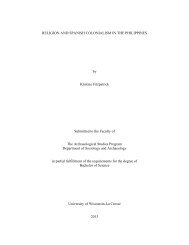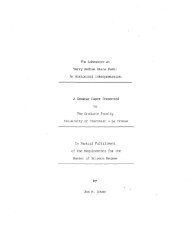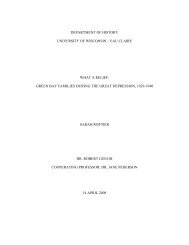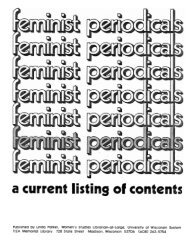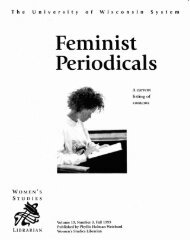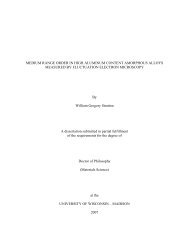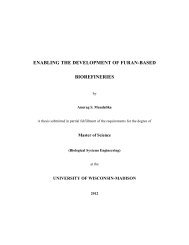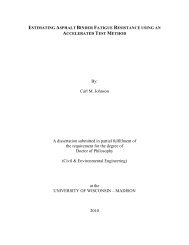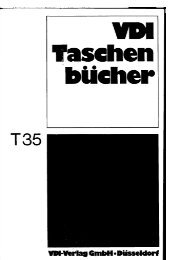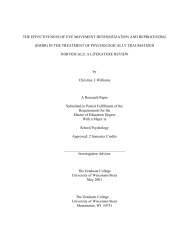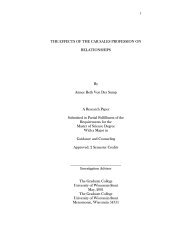Comics Aren't Just For Fun Anymore: The Practical Use of Comics ...
Comics Aren't Just For Fun Anymore: The Practical Use of Comics ...
Comics Aren't Just For Fun Anymore: The Practical Use of Comics ...
Create successful ePaper yourself
Turn your PDF publications into a flip-book with our unique Google optimized e-Paper software.
Recine 8<br />
2) How are comics currently used in TESOL? This question will be answered in section 3,<br />
through an analysis <strong>of</strong> the current role <strong>of</strong> comics in TESOL. <strong>The</strong> network <strong>of</strong> teachers’<br />
resources that support the use <strong>of</strong> comics as an aid to ESL/EFL teaching will be revealed<br />
along with descriptions <strong>of</strong> well established, proven approaches to comics-based instruction.<br />
3) How can comics be used more effectively by TESOL pr<strong>of</strong>essionals? As will be<br />
demonstrated, comics have a relatively limited role in most TESOL settings. <strong>The</strong>re are<br />
many ways that current TESOL comics pedagogy can be expanded upon and improved, so<br />
this question will be addressed in both sections 4 and 5 <strong>of</strong> this paper. Section 4 will focus on<br />
cognitive and linguistic theory that is relevant to the role <strong>of</strong> comics in ESL/EFL classrooms.<br />
Section 5 will look at various theories about the acquisition <strong>of</strong> knowledge and language,<br />
analyzing their implications for TESOL comics pedagogy.<br />
<strong>The</strong>se questions will be addressed both by research analysis and by pedagogical example;<br />
sections 2, 3, 4, and 5 will include case studies from TESOL practice, drawn primarily from my own<br />
career. <strong>The</strong>se case studies will demonstrate the real-life applications <strong>of</strong> the research discussed in this<br />
thesis. <strong>The</strong> studies will be followed by a list <strong>of</strong> things that teachers should know and do in order to use<br />
comics effectively in ESL/EFL instruction, based both on pertinent theory and my own field work.<br />
Finally, in section 6, this essay’s findings will be summarized into a concise guide that allows<br />
ESL/EFL teachers to choose the right kinds <strong>of</strong> comics material for their learners and use the material<br />
effectively. This metric for effective comics usage will directly answer the “big question” regarding the<br />
best ways to use comics in TESOL. <strong>The</strong> metric will also explore what not to do, highlighting ways that<br />
comics can potentially be misused in TESOL settings and indexing visuals and content found in some<br />
comics that may not be conducive to language learning.<br />
<strong>The</strong> aim <strong>of</strong> this paper is to create a complete, comprehensive pr<strong>of</strong>ile <strong>of</strong> comics as an aid to<br />
ESL/EFL instruction. In recent years, there have been many pieces <strong>of</strong> research and literature that



